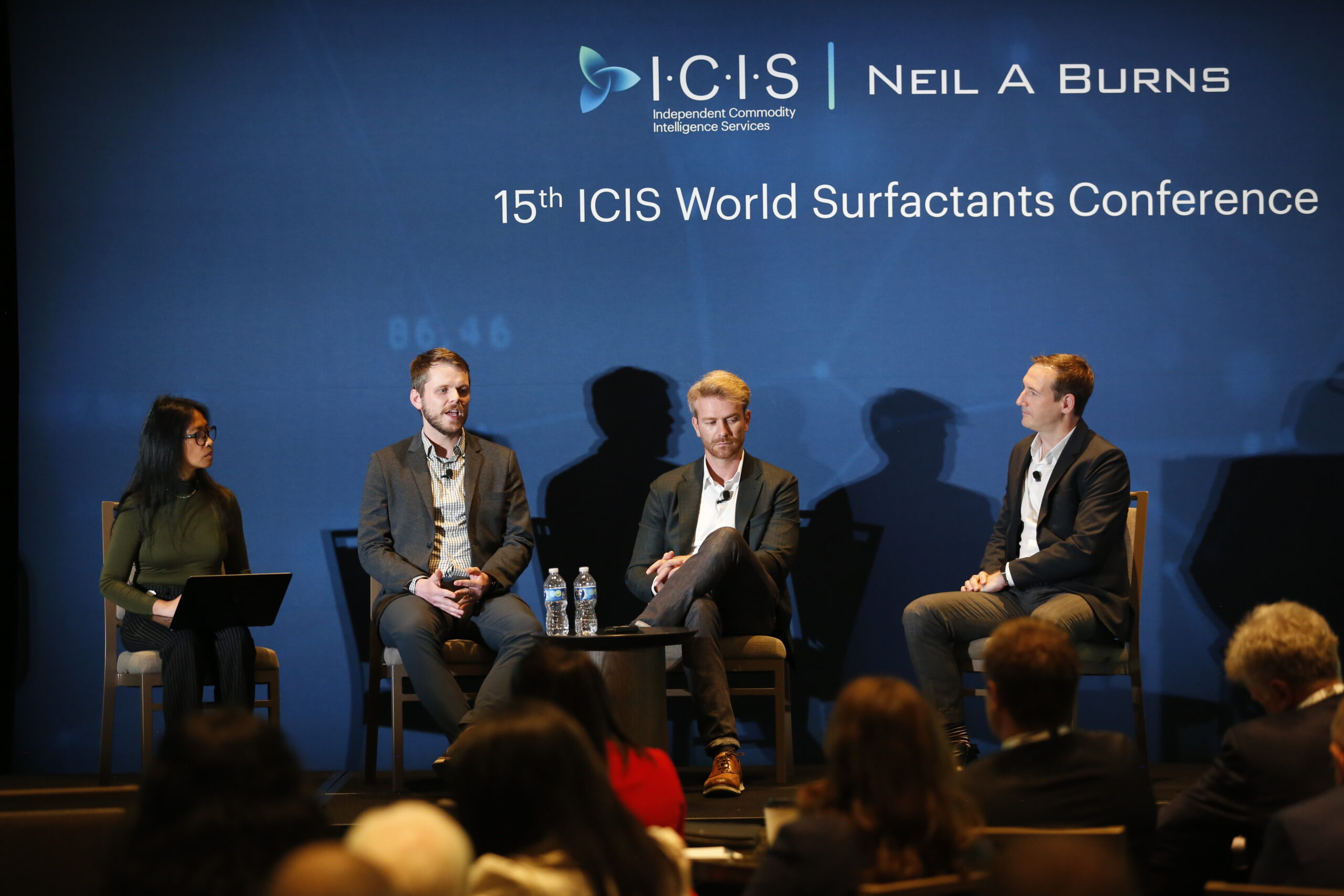The blog is in a video mode this week so here’s another one from lactic acid producer Purac showing how easy it is to recycle PLA (polylactic acid) plastic through a do-it-yourself, interactive machine created by the Perpetual Plastic Project that Purac has sponsored.
The project is an initiative created by former students from the Delft University of Technology (in the Netherlands), and is designed to educate people on the recyclability of bioplastic.
According to Purac, the Interactive Machine provides users with a small-scale demonstration of PLA recycling (see video below). The machine is currently touring the Netherlands at various events.
[youtube http://www.youtube.com/watch?v=S_C4x-jjZBc]
On a wider scale, PLA players have been trying for years to introduce/expand PLA recycling within the overall plastic recycling industry. The main problem is actually not the process itself (which as Purac pointed out can easily be done), but how to sort and separate PLA from mainstream recycling.
Which is why the PLA industry is looking to start recycling in areas where waste PLA-based product can be easily collected and separated such as offices, school, events, etc., while players figure out how to isolate PLA into its own recycling stream (such as having its own plastic recycling code here in the US) and generate critical mass.
Early this year, yogurt company Danone started collaborating with RE | PLA Cycle GmbH, a subsidiary of European waste disposal management firm Reclay Group, to help the PLA industry develop a closed recycling loop from all levels of the value chain.
Danone started using NatureWorks’ Ingeo PLA for its yogurt cups in Germany since 2011.
RE | PLA said it has been working on solutions to enable PLA products from post-consumer waste (after collection in yellow recycling bags) to be processed in closed-cycle waste management in the future. The company has already set up various pilot projects using sorting and recycling plants alongside process optimization and establishment of logistics structures.
“We already achieve high-quality recycling results in the area of post-industrial waste and would like to do the same for post-consumer waste as well,” said Edmund Stassen, Reclay Group managing director. “Although the current volume is still too low, the issue of finite fossil resources means that it is only a matter of time before bioplastics, made either wholly or partly of renewable resources, will be used to a significant extent. RE | PLA Cycle is already preparing the necessary structures for recycling.”
NatureWorks, meanwhile is supposedly working with Belgian lactic acid producer Galactic on recycling waste PLA products back into lactic acid suitable for production of virgin PLA resins. The last I heard about this collaboration was in 2010 where Galactic reportedly has a 2,000 tonne/year plant in Belgium that can produce lactic acid from recycled PLA plastic using its LOOPLA feedstock recovery process.
Here in the US, NatureWorks is also working with BioCor LLC, a California-based company that was formed in 2010 which buys, aggregate and process post-consumer PLA plastic products. BioCor is supposedly working with another newly formed company Plarco (based in Wisconsin), which exclusively recycles BioCor’s post-consumer and post-industrial PLA products back into lactic acid.
Plarco was formed in 2010 with Galactic and Wisconsin-based Envirogreen Solutions as its investors. Unfortunately, the blog has not heard or read anything about Plarco since 2010 as the company (and even Envirogreen Solutions) seem to have disappeared from the worldwide web.



